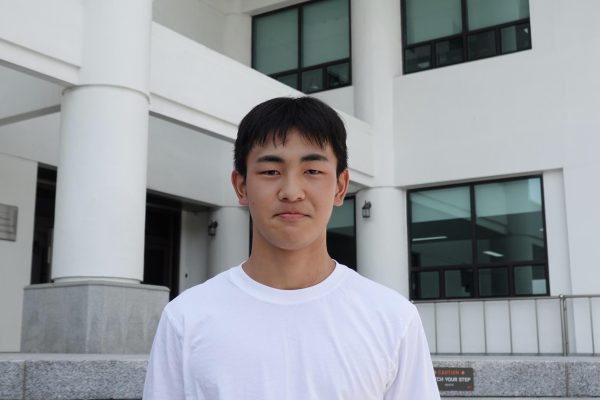A South Korean military officer was found dead near Suseongmot Lake in Daegu with a gunshot wound to the head on Sept. 2. He was found with a K-2 rifle, a common rifle used in the Korean military, and a note that described his experiences of dealing with workplace harassment. The officer’s name has not been officially released to the public yet, as the investigations are still taking place.
This accident has led to many concerns about working conditions in the Korean military, as these are a common occurrence. Similar incidents have been observed in the past. In 2015, for example, an Air Force sergeant died by suicide after experiencing verbal and physical harassment from his superiors. In 2017, a young Army private in Gangwon-Do was found dead in his barracks after extensive amounts of hazing.
Despite major reforms being made to ensure the physical and mental safety of officers, this tragedy proves that the current system is flawed. Common issues such as hazing and rank-based harassment are especially prevalent in Korea, where Confucian ideals dictate that elders are superior to their younger counterparts no matter what.
“The recent rise in military suicides has impacted me greatly,” Carson Park (12), aspiring ROTC member, said. “After hearing about cases of military harassment in the South Korean military, I feel less inclined to volunteer for the Korean army. It’s sad how the South military system has devolved from gathering patriots to protect the nation and fight a common enemy to harassing fellow countrymen.”
The Korean Army has immediately raised an internal investigation to find the possible reasons for this incident, but the national police will have to intervene if definite signs of workplace harassment are found. Initial reports from the investigation have revealed that the deceased personnel was a drill instructor, a position that normally does not involve the usage of a firearm in the base. This implies that the firearm was taken from the armory without clearance from higher ups, highlighting the flawed security measures inside the base.
Military personnel in Korea have to stay away from their friends and family for extended periods of time, sometimes leading to depression or other mental illnesses due to a lack of resources that are available to support them.
“This incident gives a heavy insight into how a Korean soldier is treated and which resources are lacking for the soldier’s well being,” Steven Abadia (9), U.S. Military family member, said. “There’s implementation of suicide support is key for soldiers who are willing to fight for their own country.”
The military has a strict hierarchy that is maintained through discipline and sometimes even misuse of power. Because there is a lack of awareness in how senior officers treat junior officers in the military, it often leads to an abuse of power, causing concerning amounts of workplace stress. The military also does not have any metrics that measure for the moral and retention rate of junior officers, which prevents them from being able to take the necessary measures to prevent accidents like the one at hand.
“One of the biggest problems that I noticed when I was in there is a lack of awareness about how superior officers treat junior officers,” Daniel Rogers, U.S. military veteran, said. “There is no recruiting or retention metrics, so there’s no kind of incentive to train, keep, and mentor and protect junior officers.”
The accident was a great tragedy caused by unrestrained workplace bullying and harassment in the military, and now, authorities are inclined to consider the mental health of officers and provide them a safe workplace in the military setting. However, this kind of abuse is not only limited to Korea, as it can happen all over the world. This incident can serve as a tragic example of what can happen if workplace harassment is left unchecked, serving as a grave reminder of the harsh lifestyle of officers in the Korean Army.


